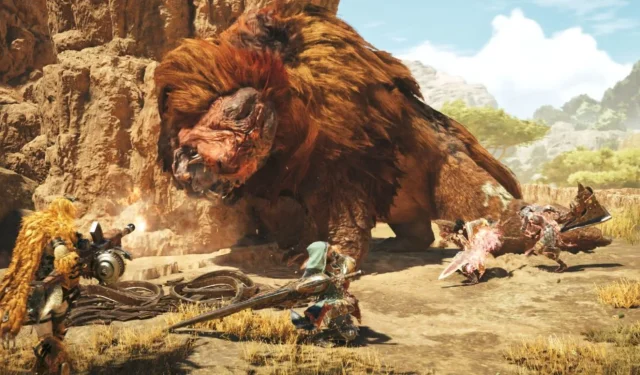
Multiplayer action-RPG fans have plenty to anticipate in 2025, thanks to an early release and a promising new announcement. Capcom is set to launch Monster Hunter Wilds by the end of February, presenting bands of hunters with expansive and interconnected maps unlike anything seen in previous iterations of the series. Additionally, a beta version of Elden Ring Nightreign, a co-op roguelike spin-off of the acclaimed Elden Ring, will also be available in February. Both titles aim to innovate within their franchises, leaving players eager for their release.
While there are numerous exciting features in Monster Hunter Wilds, seasoned players may simply see it as the natural evolution of the Monster Hunter experience. Conversely, some fans of Elden Ring are still acclimating to the unconventional run-based structure of Nightreign, which intriguingly incorporates bosses from Dark Souls. The distinction between these two games highlights a significant shift in gameplay dynamics, particularly when comparing the latest entries to their respective predecessors.
MH Wilds Offers Flexible Multiplayer Configuration
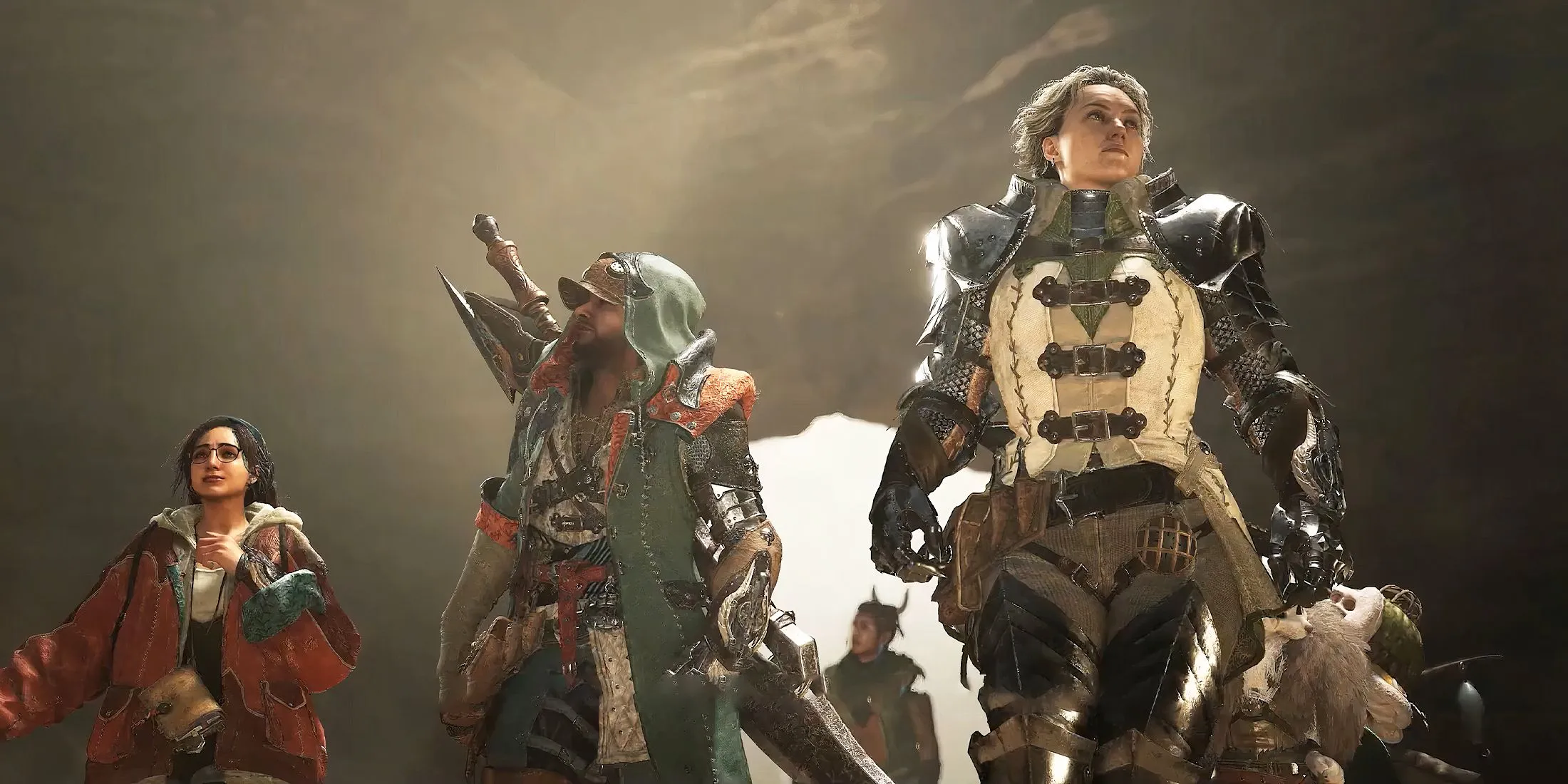
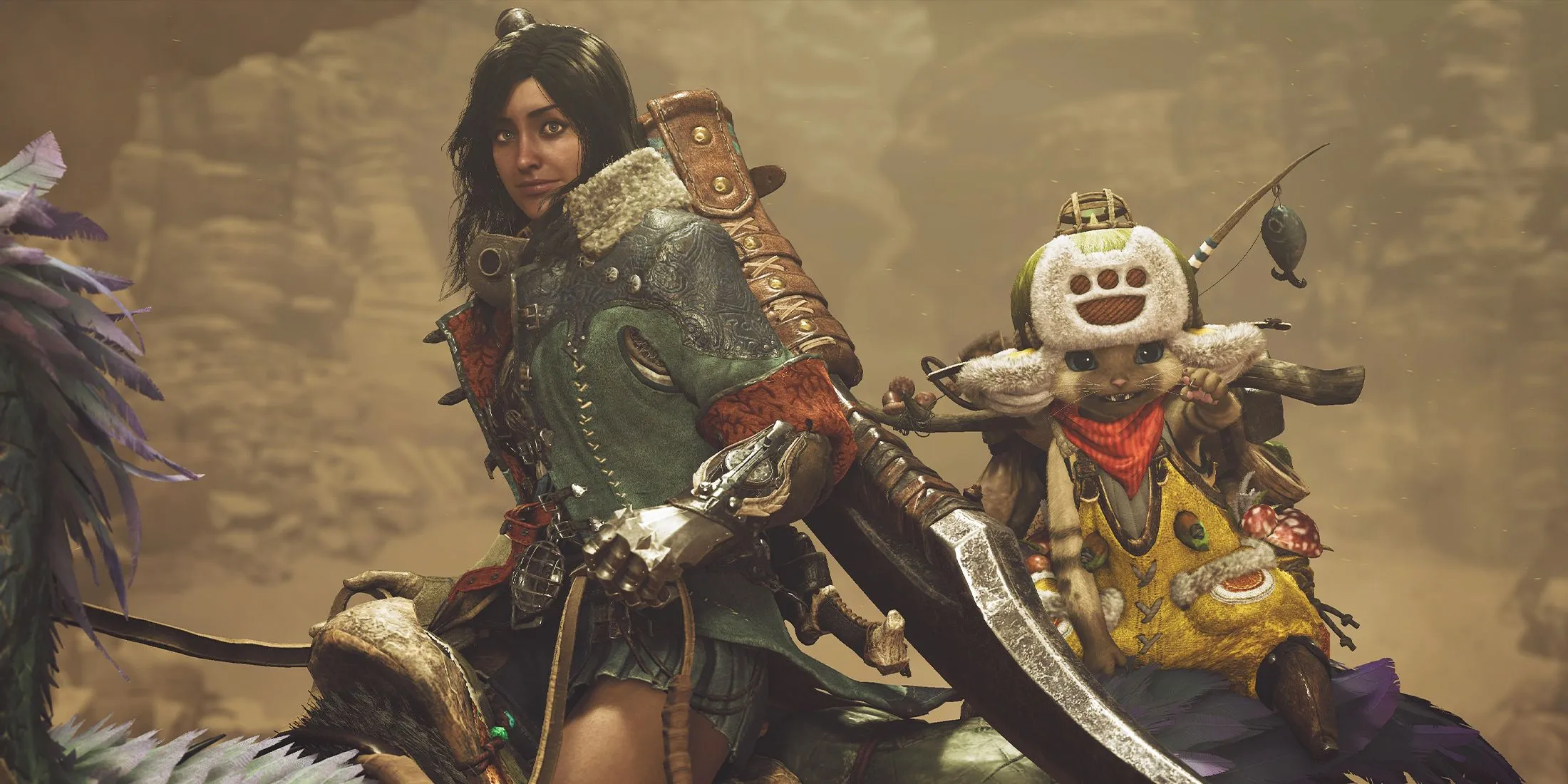
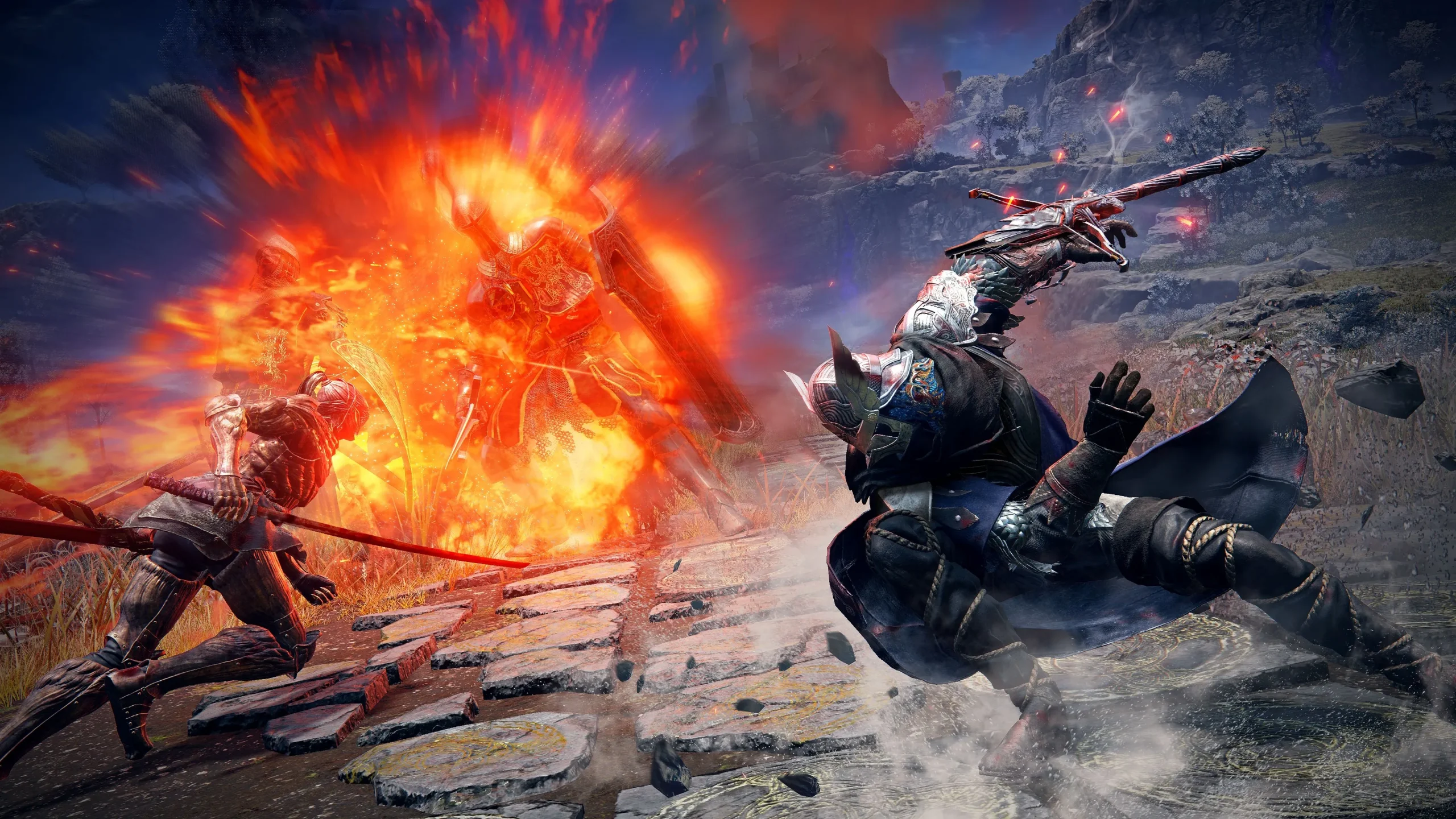
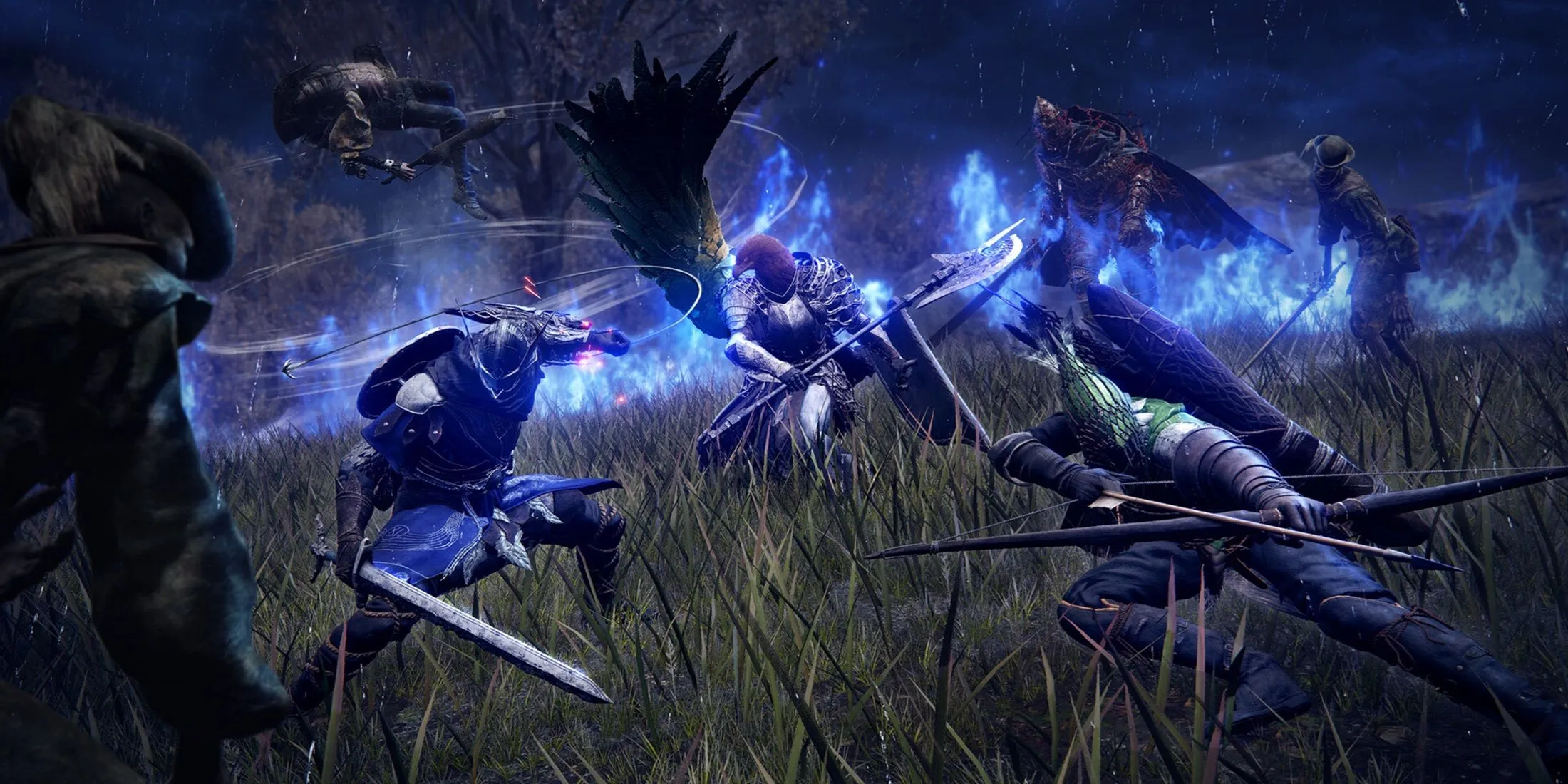

Both Monster Hunter Wilds and Elden Ring Nightreign boast robust multiplayer experiences, but Wilds takes significant steps to enhance its appeal. The introduction of crossplay across console and PC platforms during its simultaneous launch is a noteworthy improvement. Players can participate in 100-player lobbies, albeit with a maximum of 16 visible hunters at any given time. Furthermore, the ability to join ongoing hunts with available slots, along with greater options for cooperative story progression, positions Monster Hunter Wilds as potentially the most engaging multiplayer experience in the franchise’s history.
While Elden Ring Nightreign also emphasizes multiplayer gameplay, it appears to follow a more traditional approach akin to previous FromSoftware titles. Players can queue for sessions alongside friends or strangers using a code system, but this setup reveals limitations. The absence of crossplay is a significant drawback, and players find themselves limited to solo play or small groups of three without a drop-in feature, raising concerns over the functionality of the netcode.
Monster Hunter Wilds Gives Players More Freedom Than Nightreign
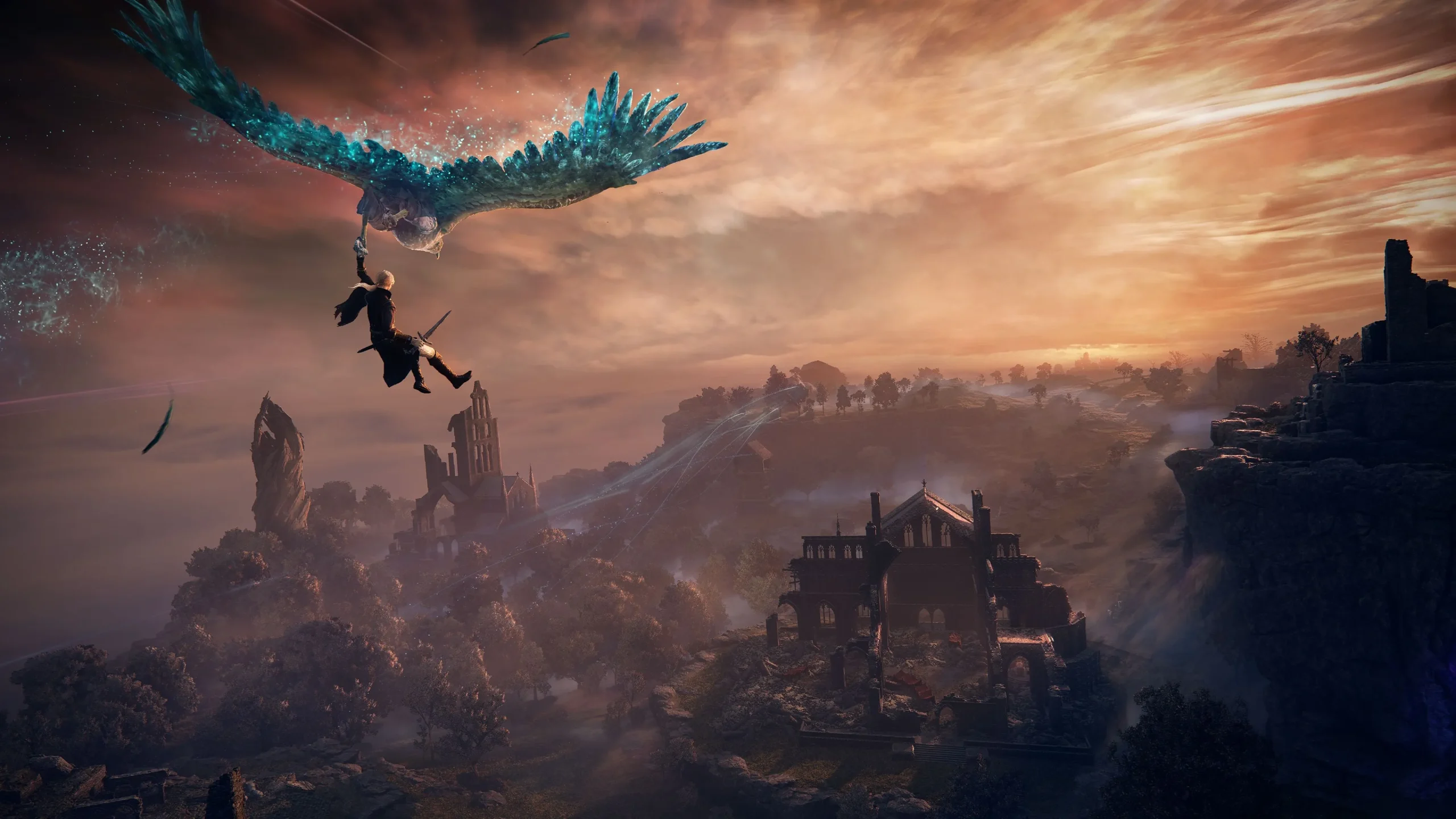
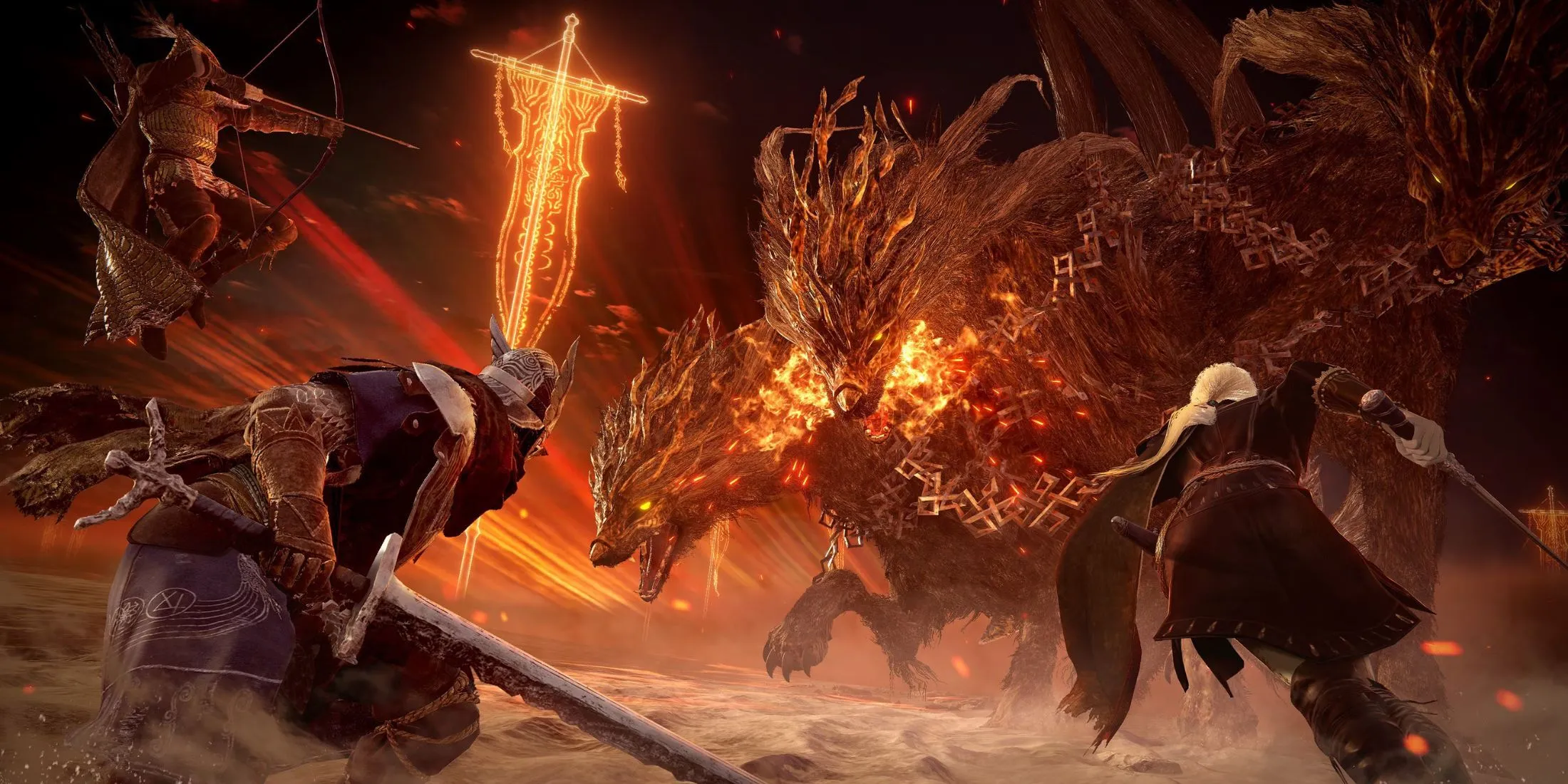
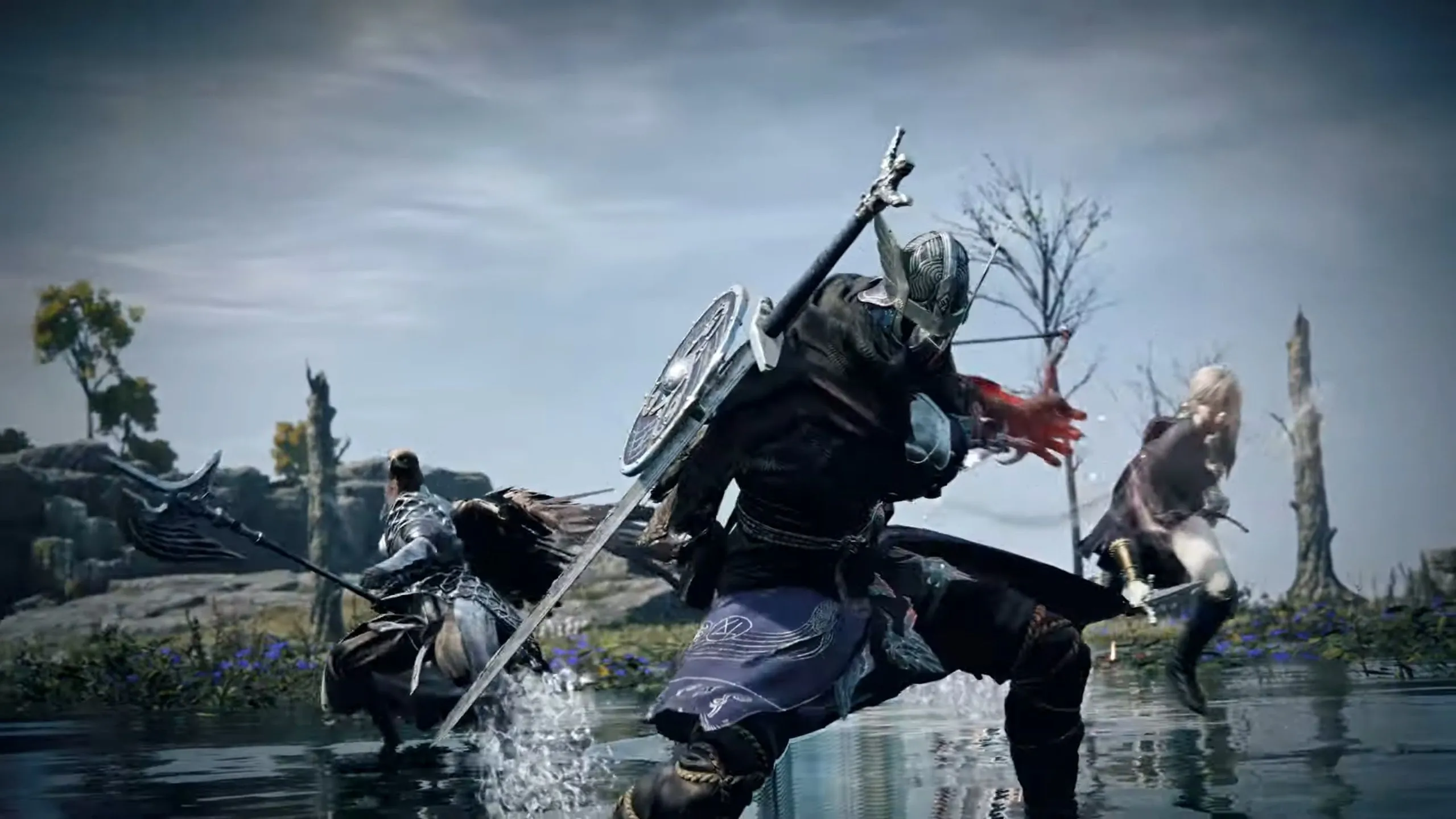
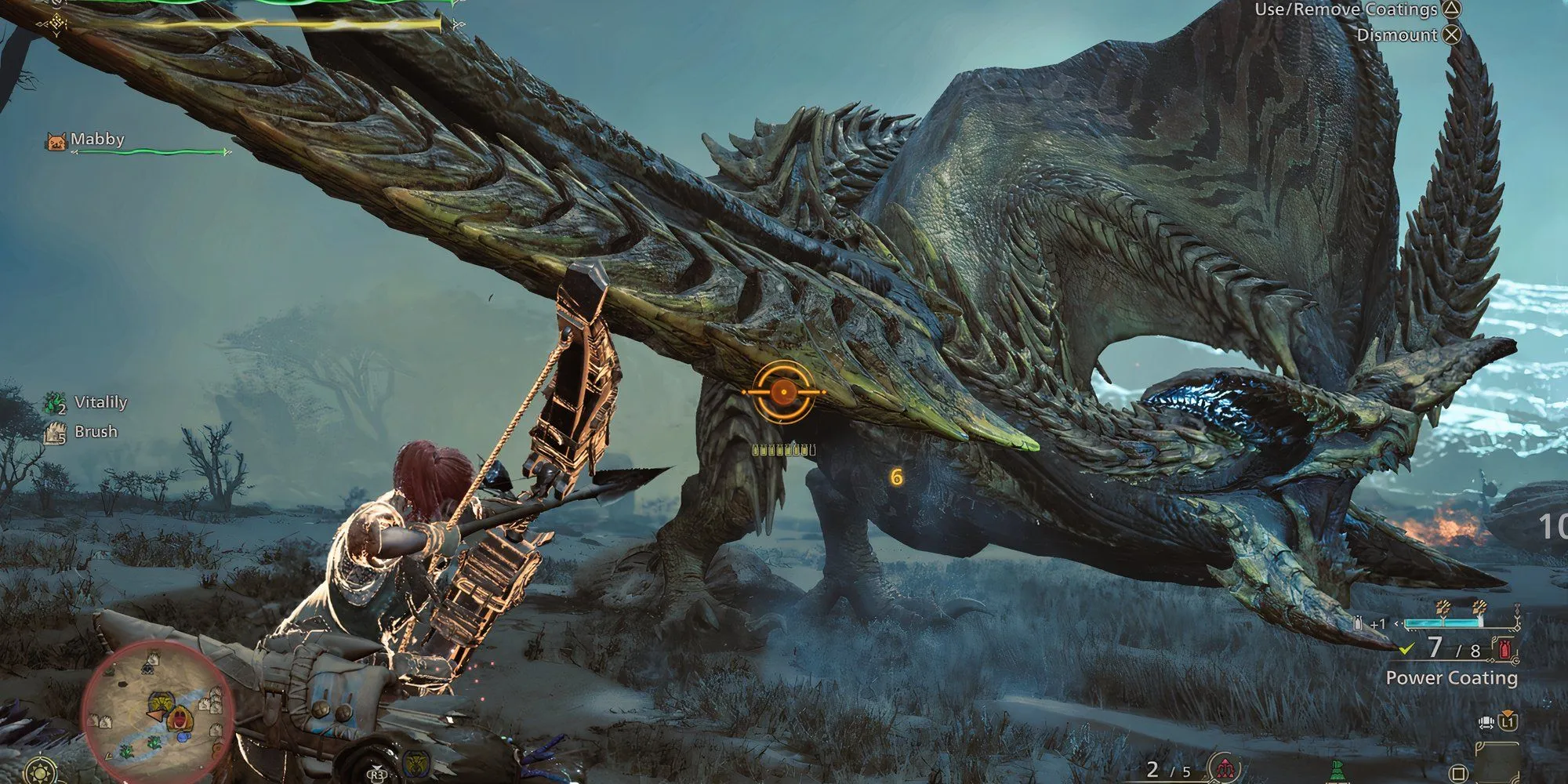

While Elden Ring Nightreign introduces a compact world for exploration and eliminates the disconnects seen in traditional Elden Ring gameplay, it ultimately restricts many strategic options available to players. In contrast, Monster Hunter Wilds permits teams of up to four players to navigate an expansive open world freely. Building on the convenience philosophy initiated in Monster Hunter: World, Wilds aims to minimize obstacles for players as they embark on monster-hunting adventures. Furthermore, the single-player experience is fortified with the addition of NPC allies who respond to SOS signals, thereby enhancing the viability of solo gameplay.
Nightreign Has Basic Offline Options
While Elden Ring Nightreign does support offline gameplay, with some unknown mechanics for scaling challenges against regular trio teams, it lacks the nuanced features typically associated with FromSoftware games. The absence of NPC summons is notable; however, one of the eight playable characters can utilize unique Spirit Ashes for assistance. Despite the current limitations, Nightreign has the potential to be a noteworthy multiplayer title and a functional Souls-like experience. Unfortunately for it, Monster Hunter Wilds appears to accomplish everything Nightreign aims for and more.




Leave a Reply